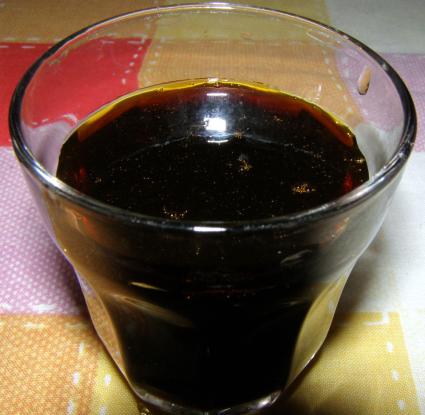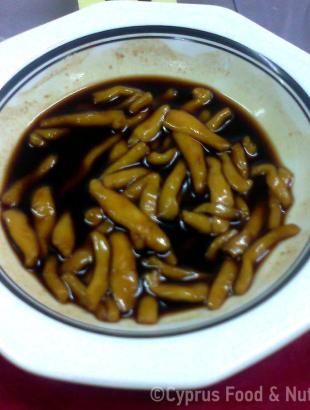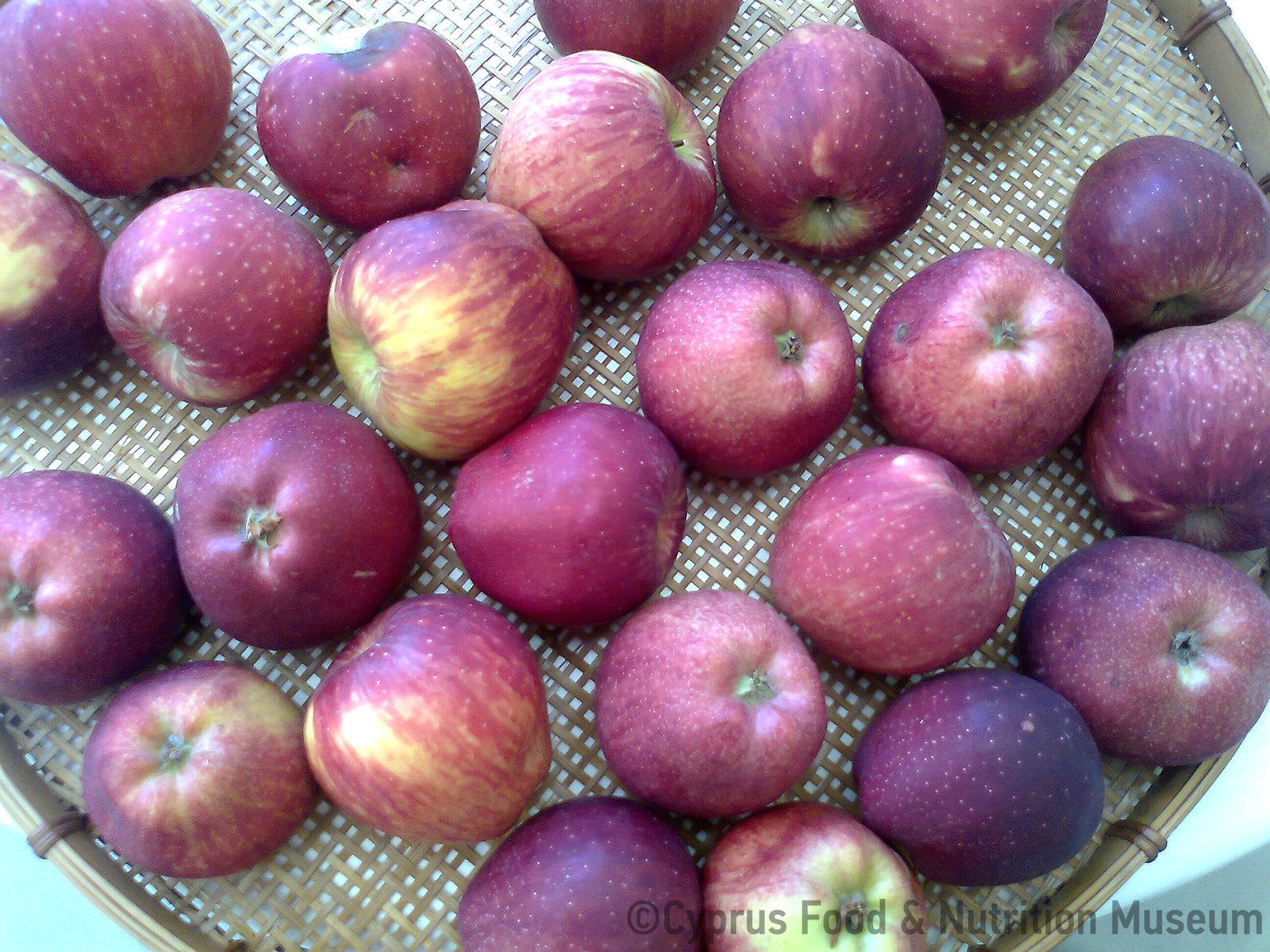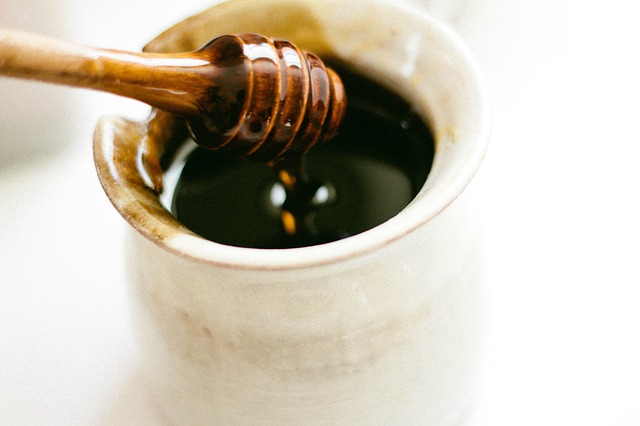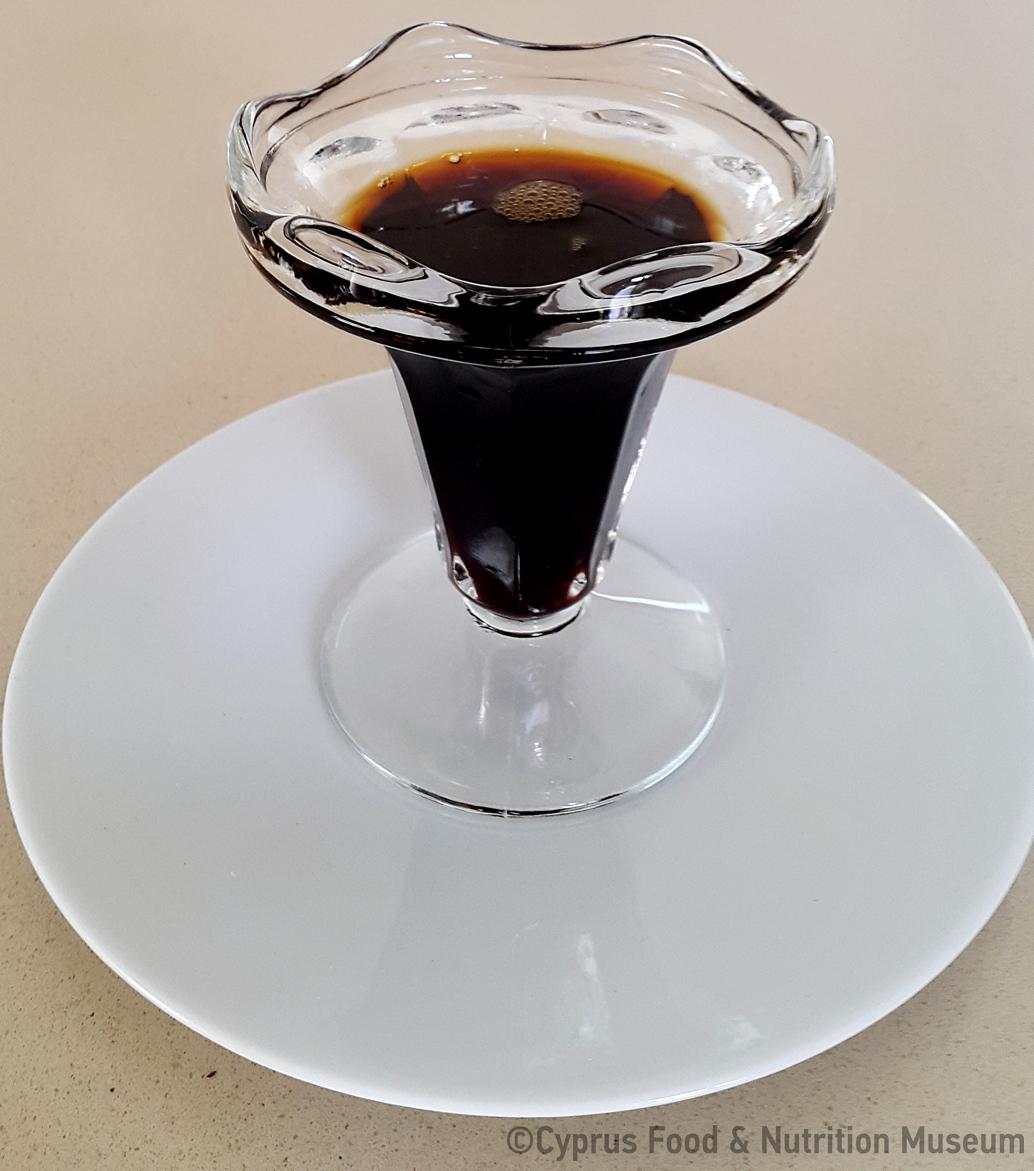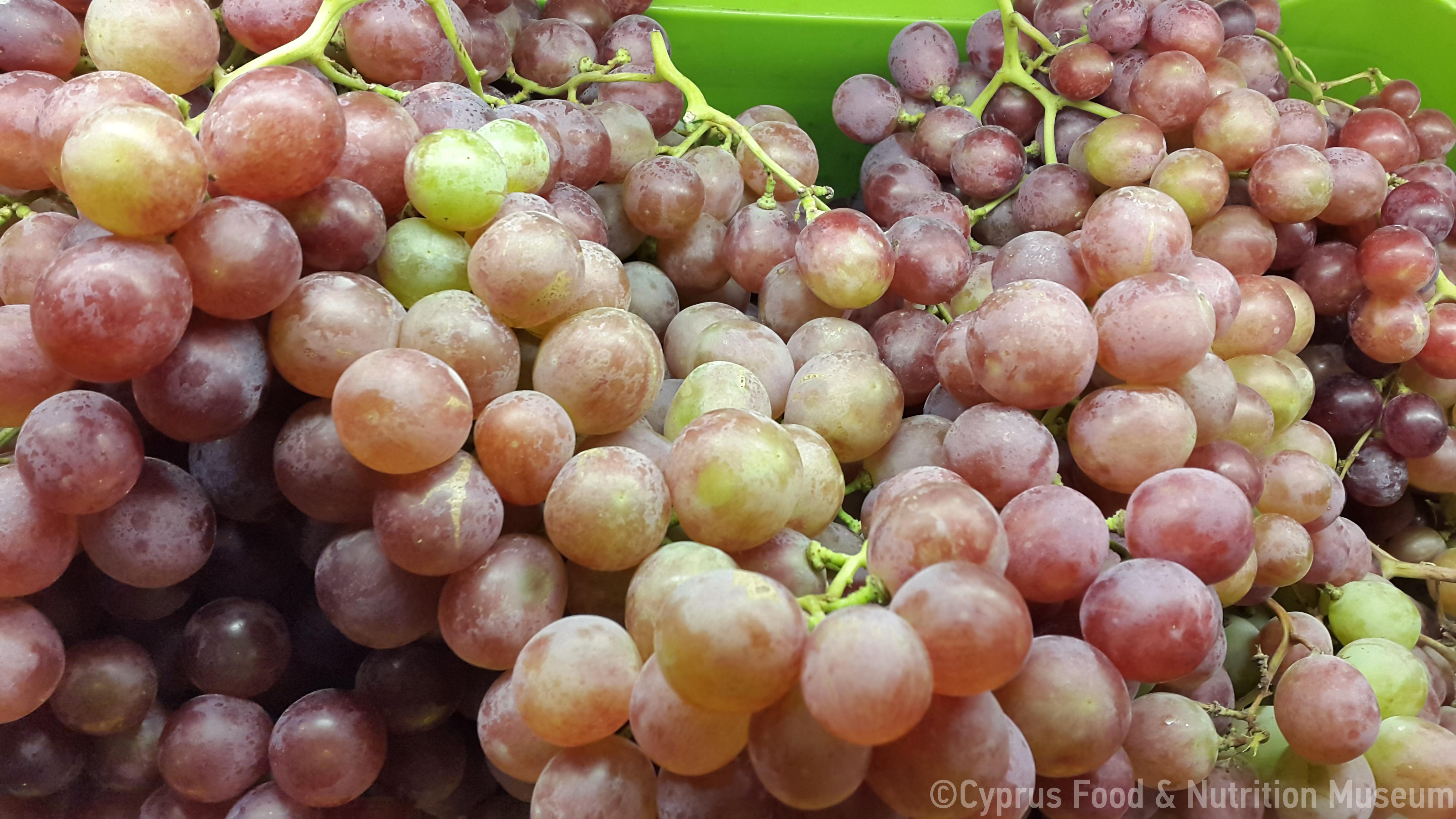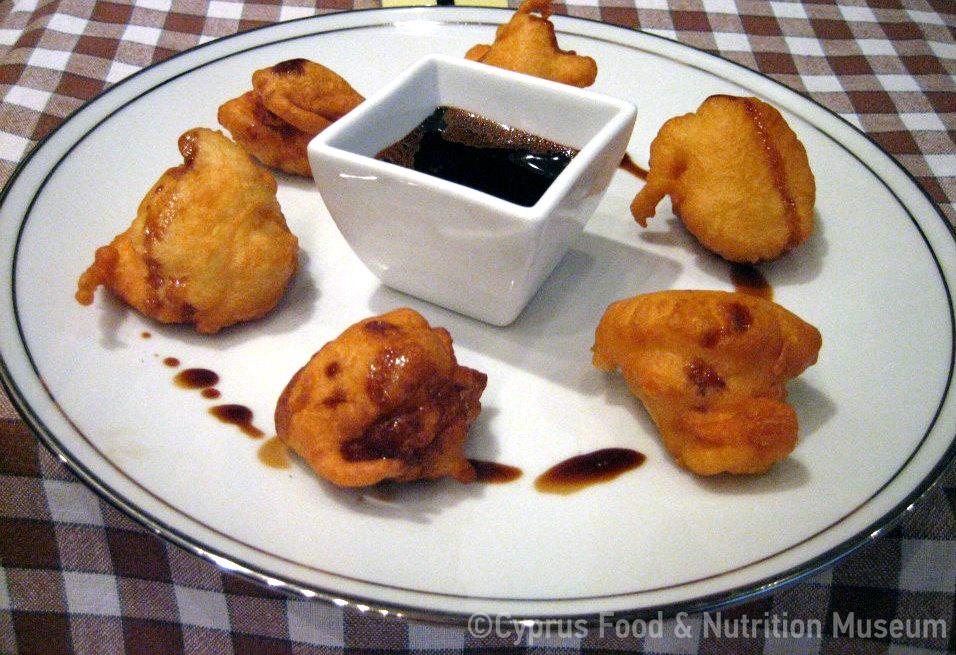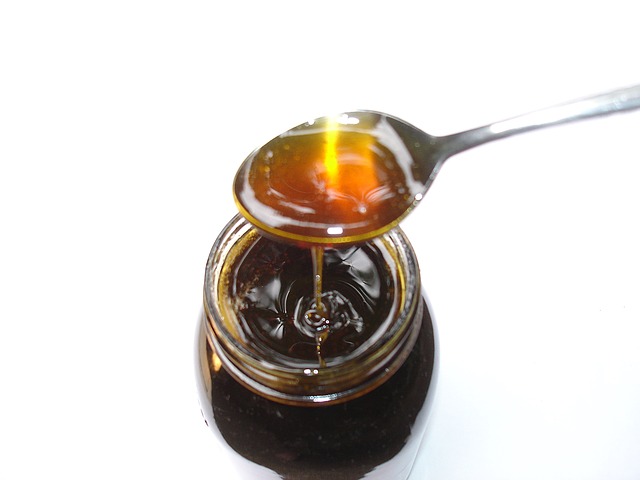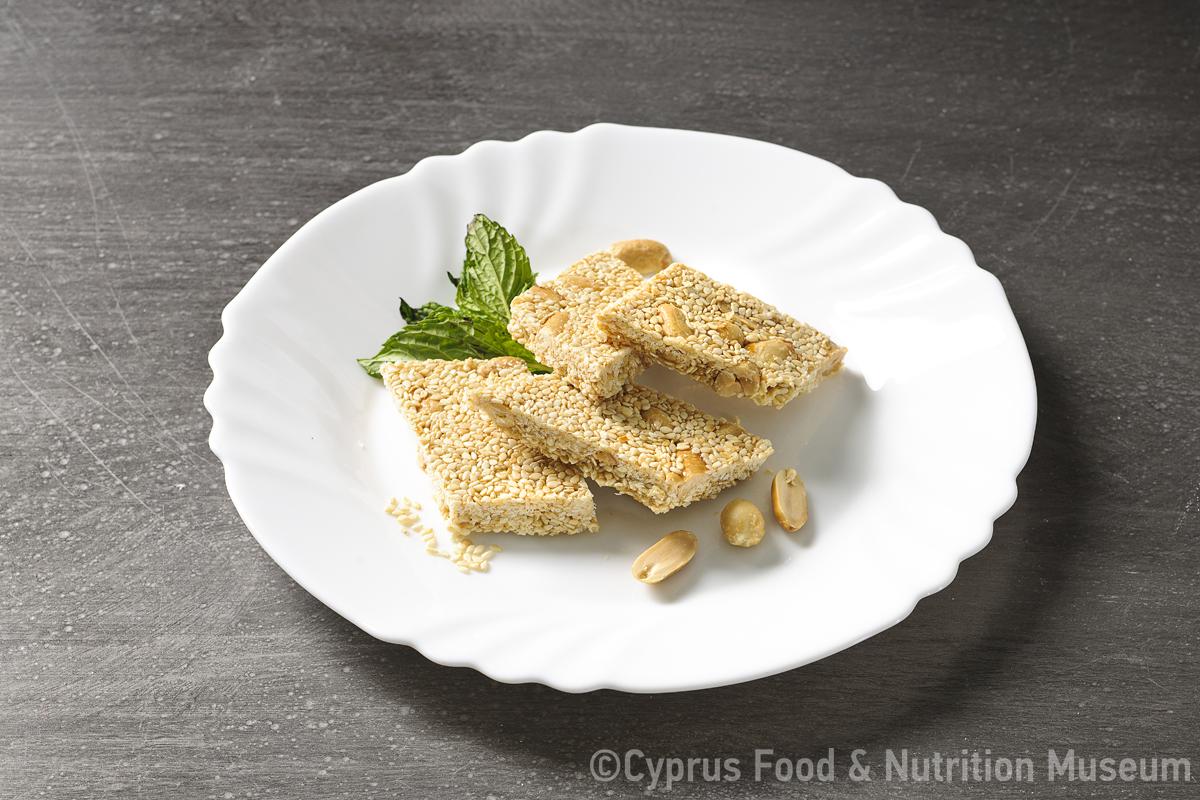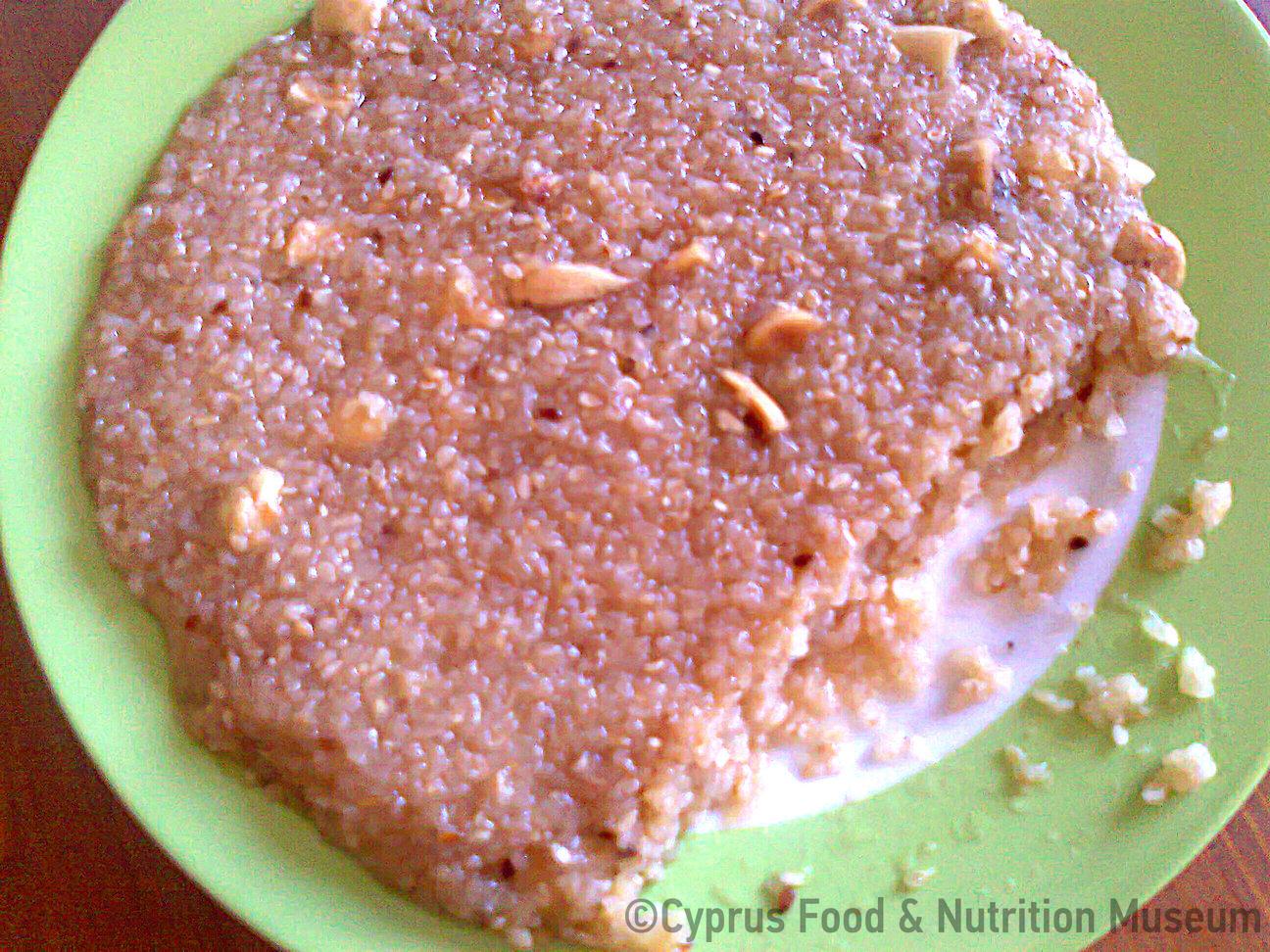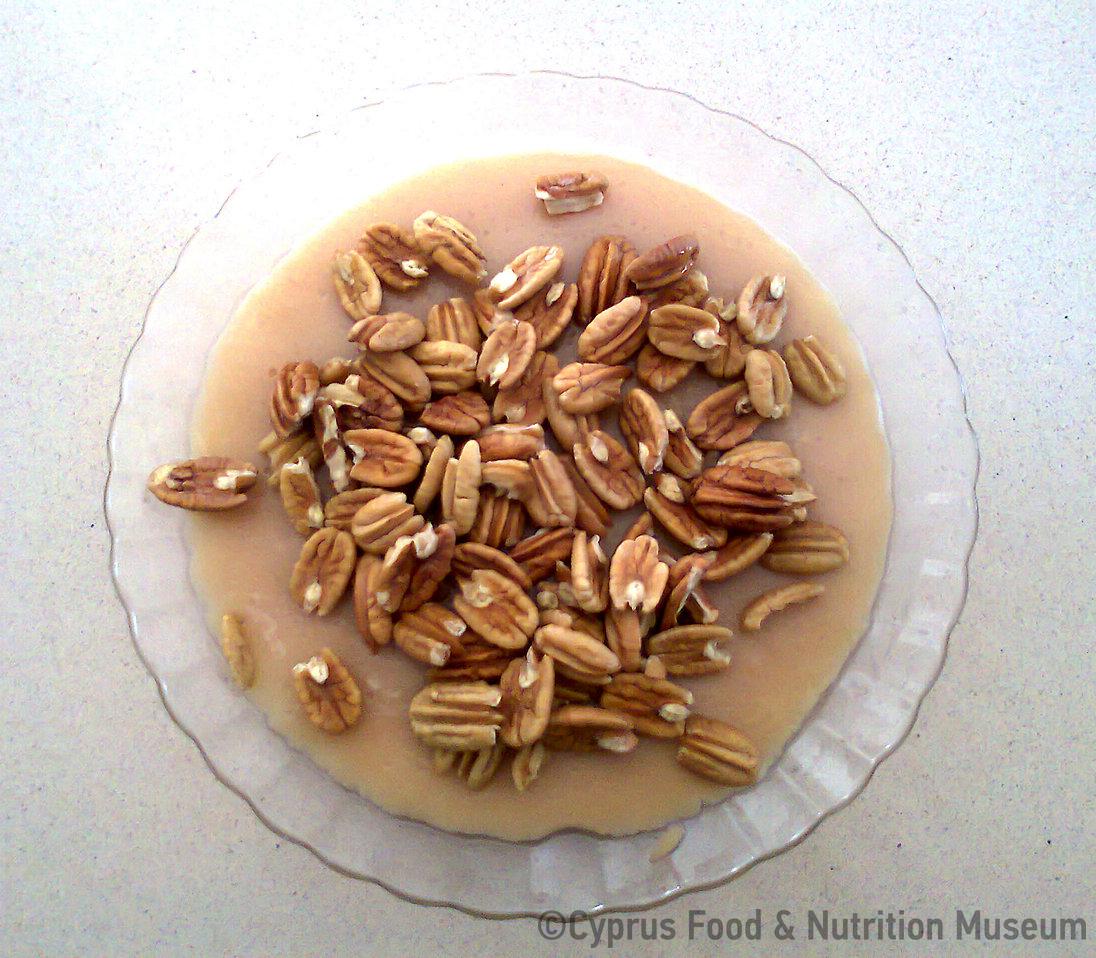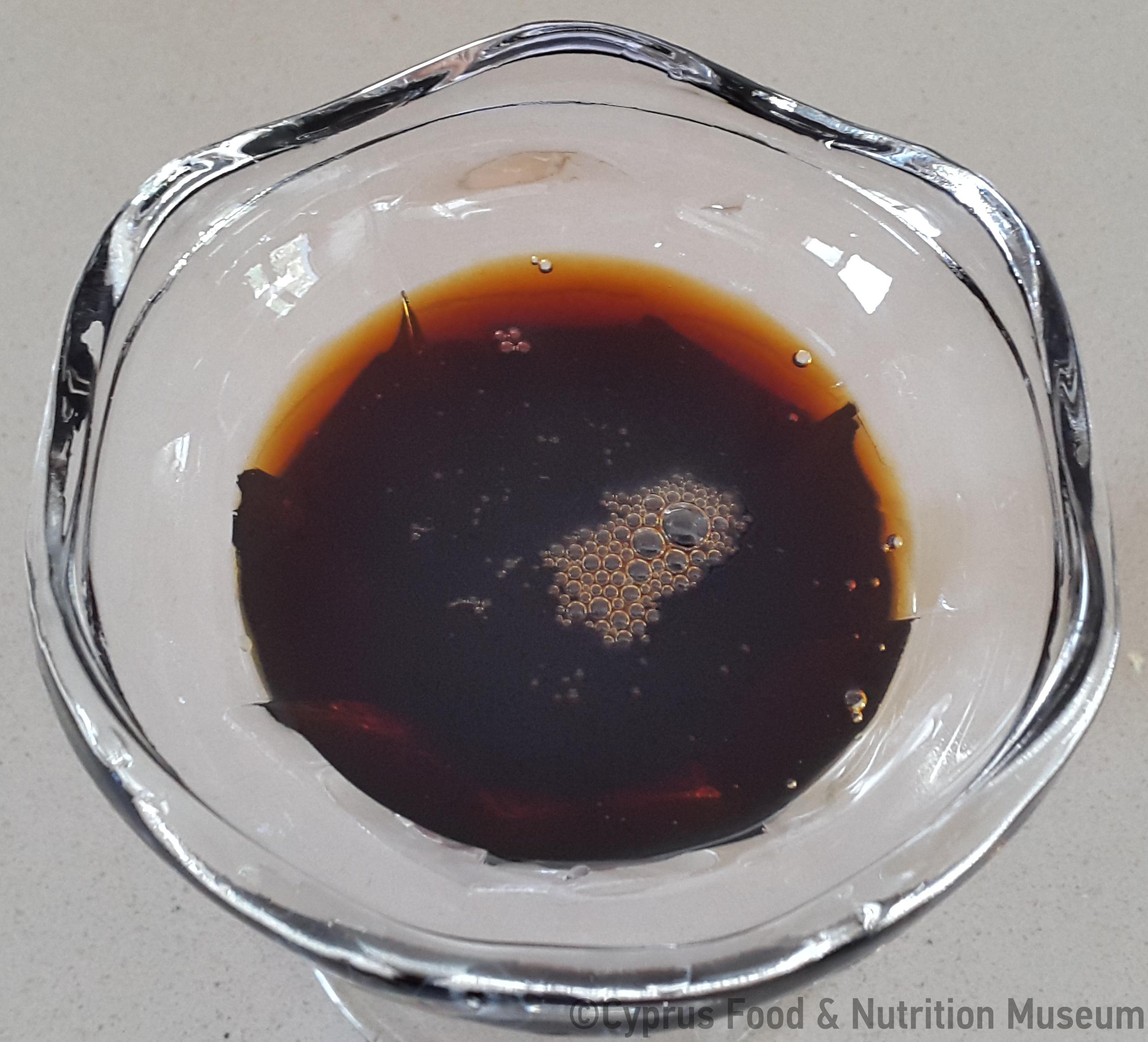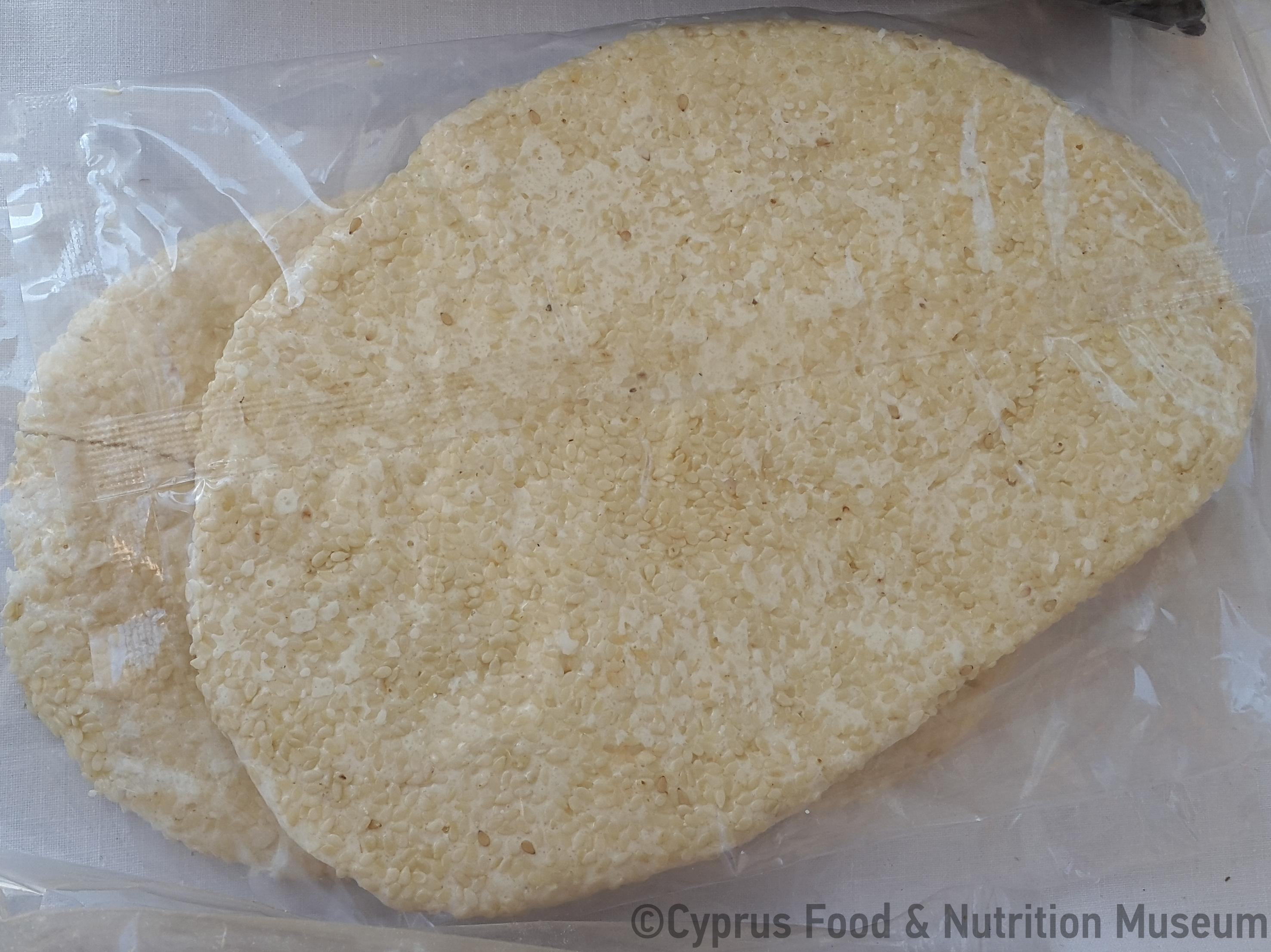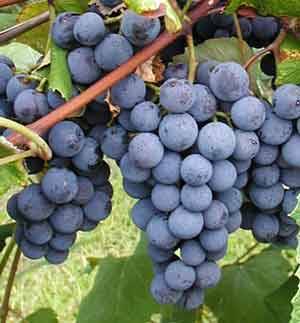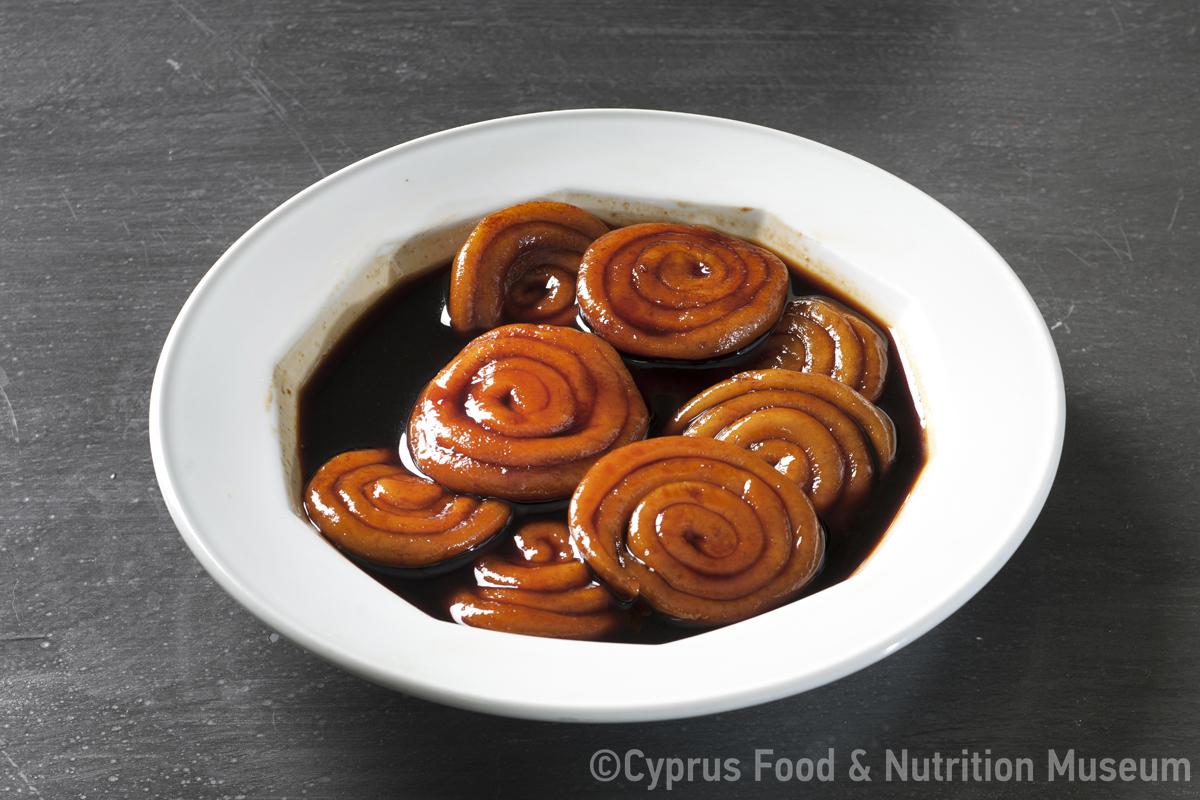Dark coloured thick syrup, ”honey" with a sweet and sour taste. Prepared from grape must by prolonged boiling, without prior fermentation, until it becomes dark and syrupy. Used as a sugar substitute in many traditional sweets.
Name - Recipe
Πετιμέζι. Concentrated grape must.
It is also called honey epsima (Kyprianou 1974, 296). The name "epsima" is known since ancient times in Greece.
The fresh must made from very ripe and sweet grapes was called in ancient Greece "glévkos". When the must was boiled until the liquid thickened and became like honey, it was called "épsima" (or "epsetós" if it was less dense).
In areas where carob trees were grown rather than grapes, epsima was the name given to carob syrup.
Versions A-D
Must or grape juice
(White soil)
Version E
10kg of grape juice
Rose geranium
White soil
Version A
Put the must in a pot and boil well until it reduces and turns to red wine colour. Then cover it with a cloth and leave aside to cool. Put the epsima into glass containers. (Panagiota Mikkeli, Kyperounda)
Version B
“I grind the grapes, squeeze them with my hands. I take their juice and pass it through a strainer. Then I boil it in the hart žin (big bronze pot) over wood fire. We let it boil, we skim it. I let it boil. I remove the hart žin from the fire and leave it to cool. Then I strain it using kouroukla (cheesecloth) to get rid of the impurities and get pure grape juice. Then I put it in the hart žin to reduce and become epsima. I store it in glass bottles”. (Marina Kattou, Vouni, Limassol)
Version C
Press the grapes, usually black, and then separate the must from remains at the bottom and boil it in the hart žin (big bronze pot). When it boils, skim it o ff with a slotted spoon to remove all impurities. Then remove from heat, allow it to cool a bit and put it back on to heat and add fine white soil (special soil from calcareous soils). Adding white soil forms quite a lot of foam, so you need to add a little at a time and skim the juice o ff. After skimming it and allowing it to cool, decant it into other containers three times and discard the dregs. This is repeated three times. With the addition of this special soil, the must is cleaner and sweeter. Then put the liquid back in the hart žin and cook without stirring it. It is very important that it cooks well, otherwise it will not be preserved and will turn sour after a few months. When the syrup thickens (becomes almost as thick like honey but a bit more fluid and has a black colour and a sweet and sour taste).epsima is ready. (Kyprianou 1974, 296)
Version D'
Put the grape juice in a hart žin (large bronze pot) on the fire, after having strained it. Then pour in white soil (special soil that you have passed through a sieve to turn to flour like), which serves to clean the juice. Keep re-boiling the juice, skimming it o ff until it is clear. Then remove from the heat and allow the juice to cool down and the soil to sit at the bottom. This juice is called moustari. On the following day, strain the juice and put it back on the fire. Let it thicken into a syrup. When it cools down, put it in glass bottles and close them tightly. (MANRE 2006, 53)
Version E
Press the grapes and get only the grape juice which you will put in a hartžin (big bronze pot) to boil. Next, do the skimming (cleaning) process, that is, put white soil (soil with lime) and stir vigorously until there is too much foam so as the juice becomes clean. Leave it aside. On the following day, strain it and get the pure juice (must). Out of the juice take about 10 kilos. Put the juice in the hartžin to boil until it becomes a black thick juice. When it cools down, add the rose geranium to scent it. In order to know when epsima is ready, put some on a plate. When you see that it stains the plate then it is ready. (Spyroula Christodoulou, Potamiou)
Boiling.
Today they store the epsima for a long time in glass bottles, while in the past they used special "koumnes" (clay pots) (Kyprianou 1974, 296).
Functional and symbolic role
Epsima would replace sugar and honey in sweets such as loukoumades (traditional doughnuts), kattimerka and ladies fingers (Kyprianou 1974). Even in the soup prepared in the morning with bulgur, epsima was almost always added. Finally, women would dilute it with water, same like carob syrup, and serve it as a drink called souroupettin (Ionas 2001).
It was and still is used in various ways, since it is served: a) with traditional pittes (pishies, kattimerka), b) over fresh anari, c) with tahini, d) in the form of a squash, i.e. a small in a glass, diluted with water (Spyroula Christodoulou, Potamiou, Limassol).
This preparation is used instead of honey for pittes, kattimerka, fresh anari, etc. (MANRE 2006, 53).
Additional information and bibliography
It is mainly produced in wine villages (Kyprianou 1974, 296).
It should be noted that in areas where grapes were not cultivated but carob trees were, people used to call carob syrup as epsima.
Epsima was made as soon as each housewife would complete her harvest. It used to be prepared only for private use. Today, it is prepared both by private individuals and by small and large firms dealing with grape products, during harvest (August to September or a little earlier or later). Epsima was stored in clay pots (kouza-stamni) in a cool place (Spyroula Christodoulou, Potamiou, Limassol)
It is an ancient sweetener, known also in Minoan Crete. Athenaeus (late 2nd to early 3rd century BC) describes a recipe for fish with petimezi (epsima).
Ionas I. (2001). Traditional occupations of Cyprus (Publications of the Cyprus Centre for Scientific Research XXXVII), Cyprus Centre for Scientific Research, Nicosia.
Kyprianou, Chr. S. (1974) "Food in the village of Tsakkistra in Cyprus", Λαογραφία, KΘ' (XXIX).
Ministry of Agriculture, Natural Resources and Environment, Department of Agriculture (2006). Traditional Cypriot preparations, Press and Information Office, Nicosia.
Oral testimonies: Marina Kattou, 65 years old from Vouni Limassol. Recording: Zenovia Charalambous, October 2010. Edited by Stalo Lazarou.
Panagiota Mikkeli, 41 years old, Kyperounda. See Kourri, P. and Lazarou, S. (ed.) (2007). Traditional recipes of the village of Kyperounda, unpublished data.
Spyroula Christodoulou, Potamiou, Limassol. Recorded by Maritsa Christodoulou, 2010.
Stalo Lazarou, Varvara Yangou, Demetriou Dimitra, Zenovia Charalambous, Maritsa Christodoulou

